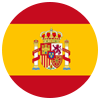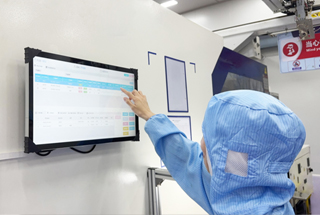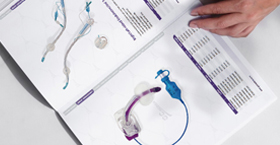An accurate assessment of feeding tube placement is critical to ensure safe and effective enteral nutrition. A feeding tube position chart provides clinicians with a standardized reference for identifying the optimal location of various tube types, based on radiographic landmarks and clinical applications. By combining clear descriptions with a concise tabular display, this tool aids in rapid decision-making during tube insertion, verification, and troubleshooting. The chart typically covers a spectrum of tube routes—from nasogastric and orogastric to surgically placed gastrostomy and jejunostomy tubes—highlighting where the tube tip should reside to minimize the risk of complications such as aspiration, perforation, or malabsorption.
In clinical practice, bedside verification often begins with pH testing of aspirate and auscultation; however, radiographic confirmation remains the gold standard, especially when the tube must bypass the stomach or passes through altered anatomy. The feeding tube position chart integrates these radiology findings with clinical indications, helping to determine whether a tube needs repositioning or replacement. It also serves as an educational aid for trainees and a quick-reference for multidisciplinary teams, ensuring everyone follows uniform guidelines. Below is an example table illustrating common feeding tube types, their ideal tip locations, radiographic landmarks, and primary indications:
| Tube Type | Ideal Tip Location | Radiographic Landmark | Primary Indications |
|---|---|---|---|
| Nasogastric (NG) | Gastric body (mid-stomach) | 5th–9th thoracic vertebrae (T5–T9) | Short-term feeding, gastric decompression |
| Orogastric (OG) | Gastric fundus/body | Left of spine at T10 level | Neonatal feeding, airway protection |
| Nasojejunal (NJ) | Proximal jejunum (2nd–3rd loop) | Beyond ligament of Treitz (small bowel) | High aspiration risk, gastroparesis |
| Gastrostomy (G-tube) | Stomach lumen adjacent to abdominal wall | Radiopaque bumper at anterior abdominal wall | Long-term gastric feeding, decompression |
| Jejunostomy (J-tube) | Mid-jejunum | Distal small bowel loops on imaging | Post-pyloric feeding, severe reflux, pancreatic rest |
By utilizing this chart, healthcare providers can streamline the verification process, reduce procedural delays, and enhance patient safety. Regular training on interpreting radiographic tube positions, combined with adherence to established protocols, further optimizes outcomes and minimizes the potential for feeding-related adverse events.
Related products
- Polyurethane Nasogastric Feeding Tubes
- Polyurethane Y-Port Nasogastric Feeding Tubes


 Français
Français Español
Español Products
Products

 About Us
About Us











